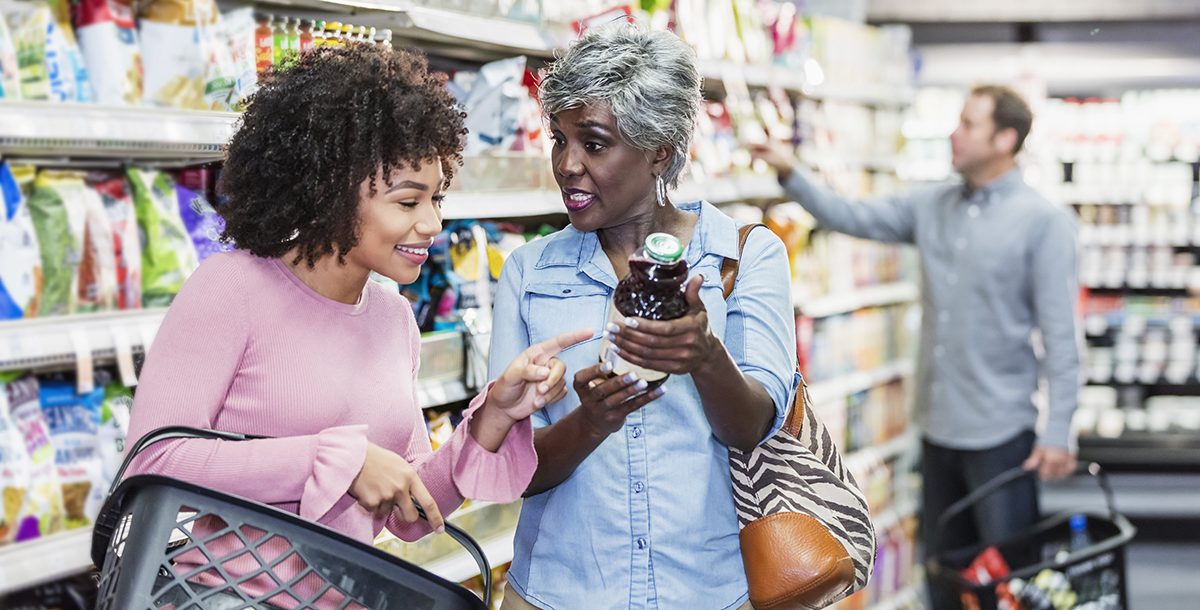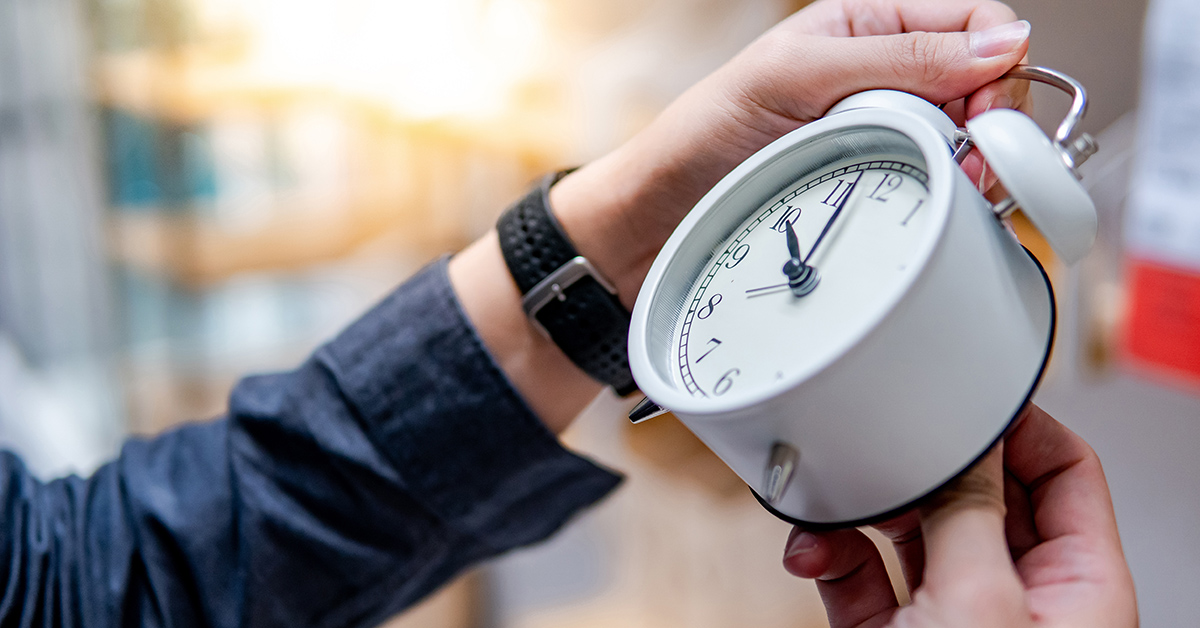When you have diabetes, controlling your blood sugar levels becomes your number one goal.
The most important way to do that is through the food you eat. Therefore, it helps to keep a handy list of best and worst foods for diabetes.
First, let’s break down how exactly the food you eat affects your blood sugar.
You need blood sugar for energy, and blood sugar comes from food. Some of the food digests into a sugar that circulates in your bloodstream for cells to absorb to give you energy. A hormone that is made in the pancreas, called insulin, assists cells in absorbing the right amounts of sugar from the bloodstream. If you have too much blood sugar and not enough insulin you develop diabetes. And diabetes is a disease that can seriously damages your organs and blood vessels.
Additionally, carbohydrates, such as breads and pasta, turn into blood sugar. Too many processed carbs equal too much sugar in your body. Fiber doesn’t convert to sugar, though. And items such as protein, fat, water, vitamins and minerals don’t have carbs, so they aren’t dangerous to blood sugar levels.
So, what should you do?
Learning to eat the right foods, including carbs, balances your blood sugar levels. When you balance blood sugar and glucose, you reduce your risk of developing diabetes.
Worst foods for diabetics
First, take a look at foods to avoid if you have diabetes. At the very least, severely limit your portions of these foods that add sugar to your bloodstream.
It’s a list of five major categories of food:
- Processed cookies, pies and crackers
- Sugary drinks and syrups
- Sweetened cereals
- White bread
- White grain products, including pasta, potatoes and rice
Best foods for diabetics
Second, memorize a list of better foods to eat. Eating these foods limits the amount of sugar you absorb into your blood. Each one has healthy properties, such as protein, healthy fats, healthier carbs, vitamins, minerals and antioxidants that work together to lower and regulate your blood sugar. Also, remember to cook with extra-virgin olive oil for best results.
The list divides into types of foods:
Vegetables
- Arugula
- Baby corn
- Broccoli
- Cabbage
- Carrots
- Cucumber
- Kale
- Kimchi
- Lettuce
- Okra
- Pumpkin
- Sauerkraut
- Spinach
- Squash
Fruits
- Apples
- Avocado
- Berries
- Citrus fruits
Proteins
- Chicken
- Eggs
- Seafood/fatty fish
- Turkey
Carbs
- Oats/oatmeal
- Oat bran
- Pumpernickel bread
- Shirataki noodles
- Sweet potatoes/yams
- Whole grain crackers, breads, rices, pastas, etc.
- Whole wheat bread
Dairy
- Alternative milks such as almond or goat
- Kefir
- Yogurt (Greek or no sugar added)
Seeds, nuts and legumes
- Almonds
- Black beans
- Chia seeds
- Chickpeas
- Flax seeds
- Peanuts
- Pumpkin seeds
And always be sure to read food labels!
Be on the lookout for added sugar and added carbs. You’ll be surprised just how many of your favorite juices and foods come loaded with extra sugar and carbs. Reading a label takes a bit of a learning curve. But remember that sugar-free is not always best. Sugar-free foods might have higher fat content, for example. Stick to single-digit numbers when it comes to sugar content.
Also, if you have diabetes, staying hydrated is a must! Most adults need eight, eight-ounces glasses of water per day. Fluids can also come from other food and beverages besides water, too.
You can enjoy a full range of delicious foods even if you have diabetes. By regulating your blood sugar levels and insulin, you’ll feel healthier and more energized. You’ll also improve your brain, blood vessels and heart health.
Learn about the endocrinology services we offer at Bon Secours.





